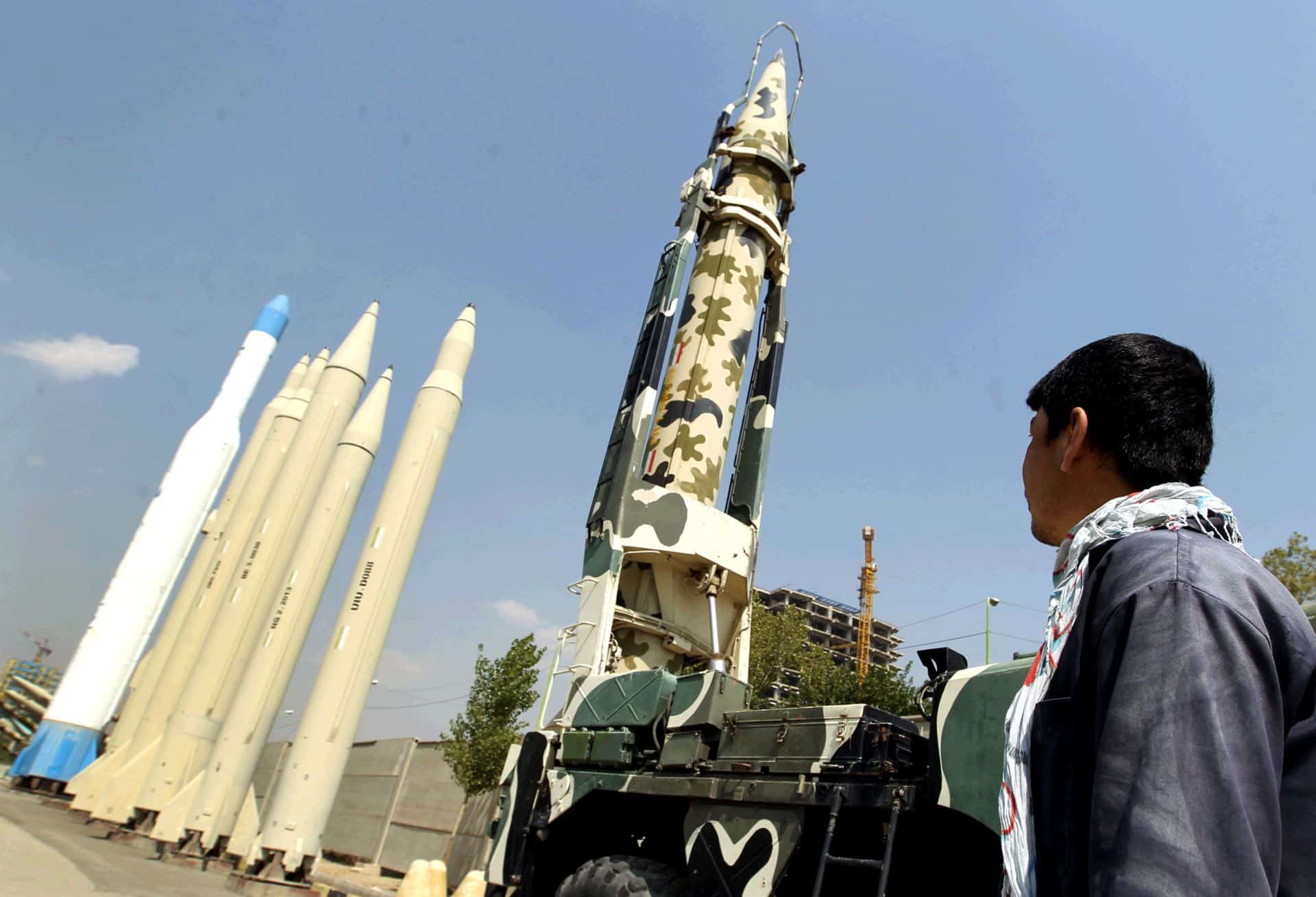US Air Force, WASHINGTON: The Air Force hopes to have a contractor selected for a KC-135 Stratotanker replacement by mid-2007.
Secretary of the Air Force Michael W. Wynne told members of the aerospace industry March 30 the service is hoping to make a source selection for the KC-135 aircraft by the middle of 2007. The Air Force would then embark on an estimated 31-year purchasing program to replace its tanker fleet.
The Air Force hopes to release a request for proposal — an invitation for aircraft manufacturers to offer to build the tanker — by September. Following that, the Air Force would choose an aircraft contractor from those who expressed interest, and would then award a contract.
“I hope we are buying into platforms that are already largely designed,” the secretary said. “And there should be fairly minimal turn to get us a (qualified) airplane, which I am convinced can be done within 36 to 48 months. So that is when I expect to actually get a new tanker under way.”
The secretary said he expects the service to buy about 15 to 20 replacement tankers a year. He said that at that rate, by the time the last KC-135 was replaced, it could be as old as 80 years.
The Air Force is also trying to reduce the number of aircraft in the fleet through retirement. At a time when the service is stressed because of the war on terror, it might seem appropriate to keep those aircraft. But the secretary said reducing the amount of airframes that need to be maintained, thus freeing up resources, is the right move.
“In industry, when you know your equipment is not being replaced on the schedule that you accepted and you are using it at a higher rate than you anticipated, there is only one thing to do and that is kind of what we are doing,” he said. “It is the outcome that I think is absolutely mandatory. And with increasing the capability of each of our acquisitions…it makes a lot of sense.”
Some of that increase in capability and technology of Air Force aircraft involves their interface with air traffic control systems. In the United States, the secretary said, air traffic control systems on the ground need to be upgraded and modernized to take advantage of the capabilities available on newer aircraft.
This new technology in the cockpit and on the ground helps make congested airspace safer and allows Air Force aircraft to better coordinate with controls while flying on civilian routes. One such example is at Hancock Field in New York, where MQ-1 Predator Unmanned Aerial Vehicles will be based.
The Air Force is working with the Federal Aviation Administration and with industry to develop new systems, such as the Next Generation Air Transportation System, to modernize air traffic control in the United States.
“If we are ever going to think about introducing unmanned vehicles into this airspace, they have to follow exactly the same rules of engagement as would a manned vehicle,” the secretary said. “We now need to consider all the implications of what is happening to our traffic here in domestic airspace.”
Finally, the secretary told aerospace industry members that they and the Air Force must work together to get systems fielded faster and cheaper, by resisting the push to load them with the latest technology.
The secretary said that when aircraft and satellites are being developed, there is often a push to bring on board the latest technology. That push, he said, lengthens development time, brings the cost of those systems up, and many times causes the cost of the systems to go beyond what was initially budgeted.
“I think in the future we are very concerned with piling on technology,” he said. “We have watched our systems spiral out of control. So I and (Chief of Staff of the Air Force Gen. T. Michael Moseley) are absolutely convinced we need to go with the baseline configuration with our aircraft and our satellites, and stop this continuous growth and trying to push technologies into the system.”
Germany says adding explosive drones to weapons arsenal
Germany said Friday it would buy explosive drones for the first time as Berlin boosts investments in its armed forces...









